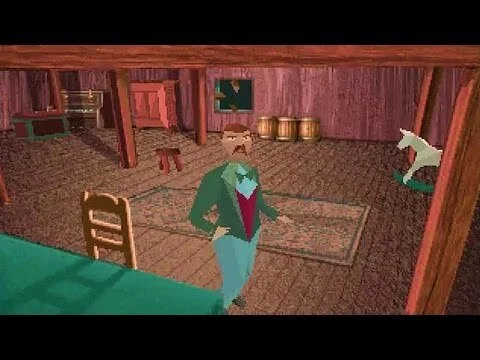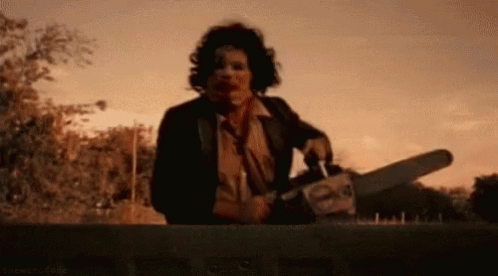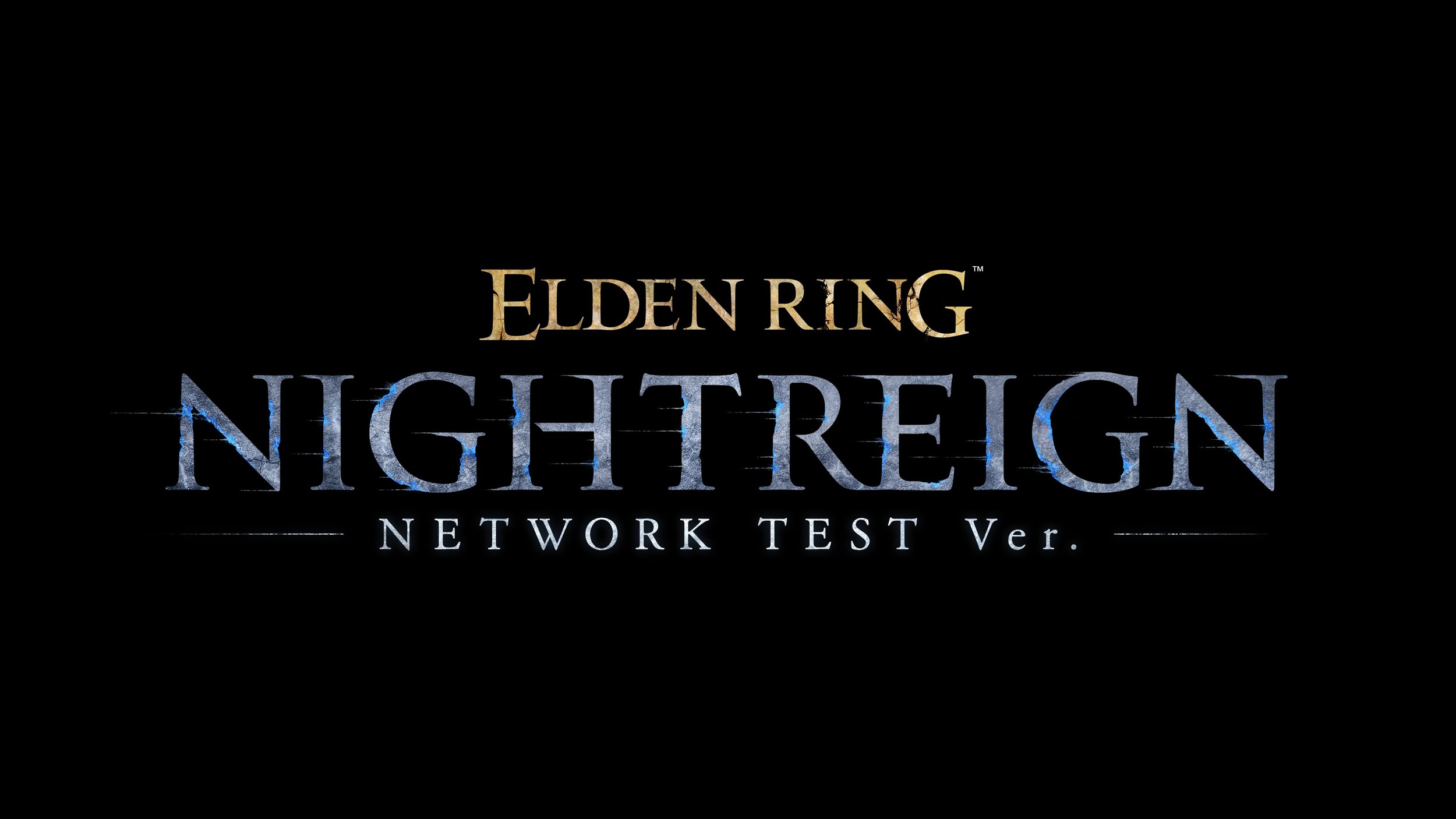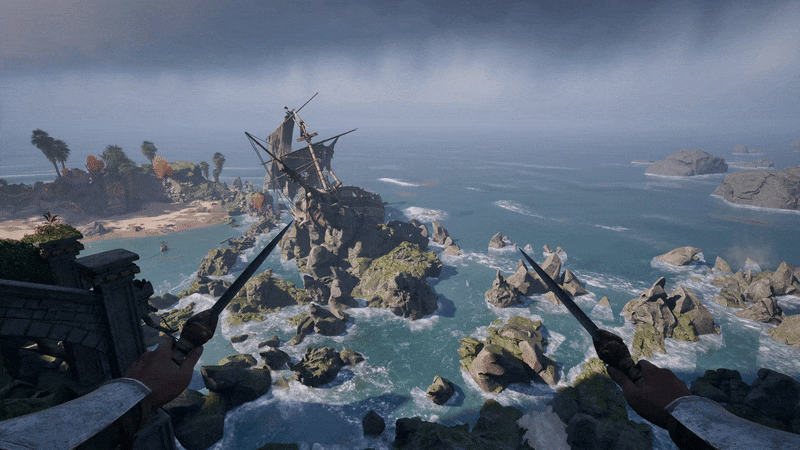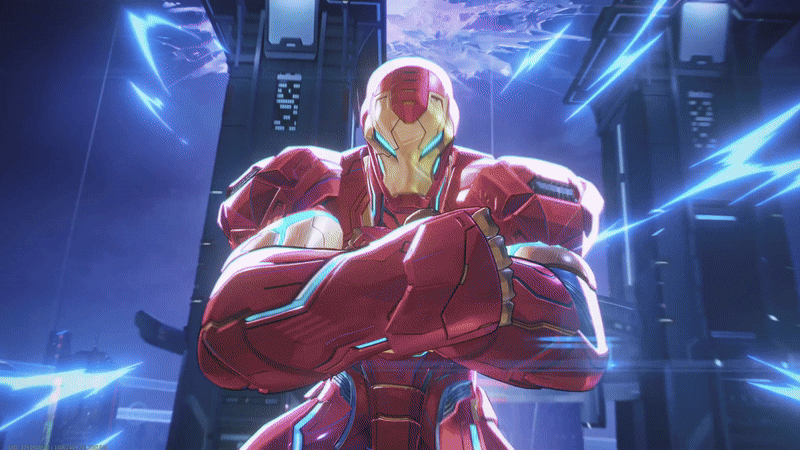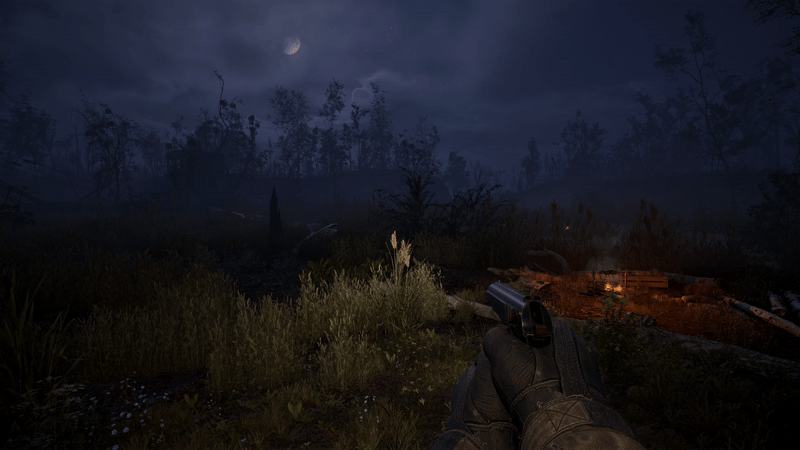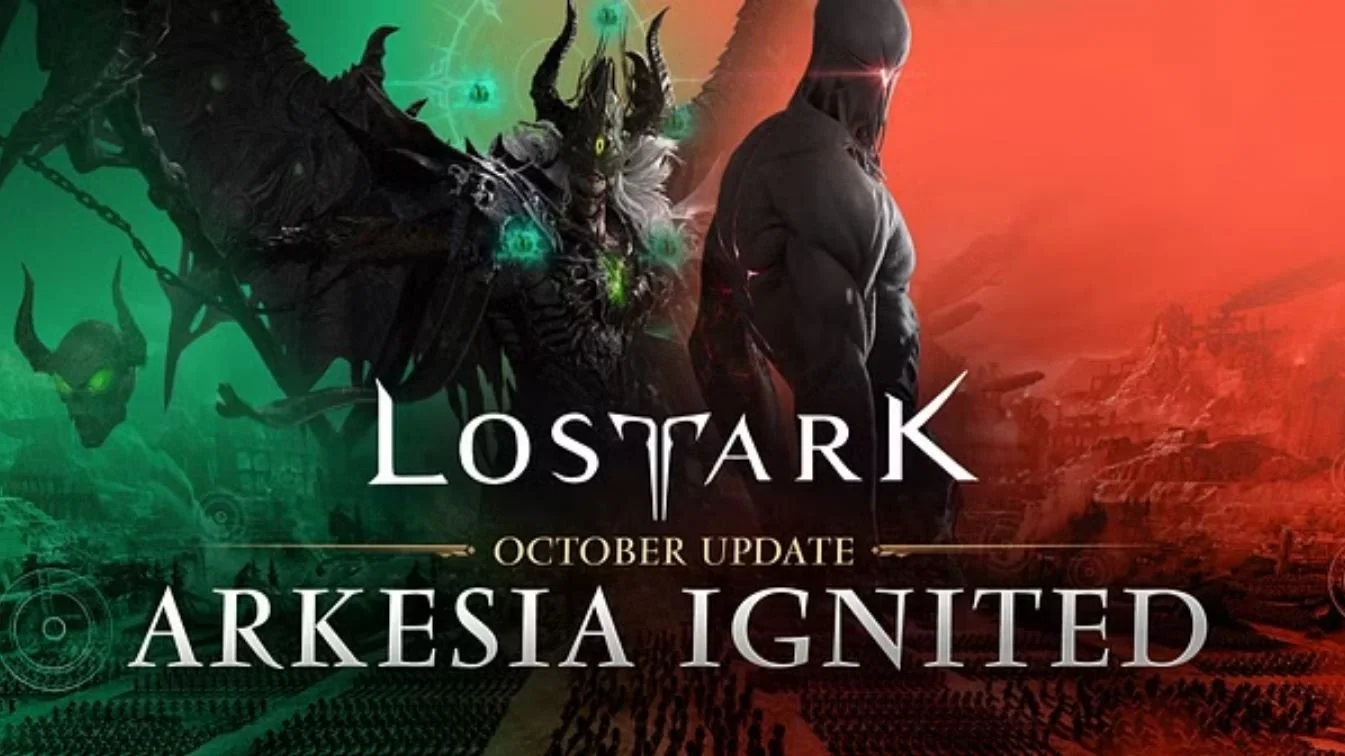Back in the old days of the first PlayStation, many developers were beginning to wet their toes into the world of 3D games. Many were unsure of how to make getting around a 3D world satisfying, and while many experimented using different styles of movement, with various degrees of success, the idea of a “camera” always being present was, still, an esoteric one.
Originally meant to be a first-person shooter, and more of an update to Sweet Home, the game that would coin the term Survival Horror, Resident Evil would be the one to popularize the fixed cameras and pre-rendered backgrounds in 1996. During development, the team was not satisfied with how the game was turning out due to the hardware limitations of the PS1. Thus, they decided to restart development. This new game would be using several fixed cameras and change perspective as the player navigated the environment. They coupled this with tank controls, thus allowing players to move seamlessly between camera transitions, and by using pre-rendered backgrounds, they could model the game world without having to worry about frame rate issues or rendering in real-time.
However, Capcom was not the first to bring all this to the table. That honor belongs to the real grandfather of Survival Horror, Alone in the Dark, released for MS-DOS in 1992; 4 whole years before Resident Evil. The fixed angles, the tank controls, the awkward combat, the inventory management, the puzzles, the pre-rendered backgrounds; everything was there and done already. Some would argue, that it was even better, as Alone in the dark would also include a melee combat system with multiple angles of attack with varying speed and damage output.
It certainly wasn’t just technical limitations that brought about the use of Alone in the Dark’s mechanics, but rather that they would be a better fit for the look and feel they were going for. The fixed camera angles would make it so the player would feel watched at all times, and the tank controls were good enough to provide a sense of movement, but never allow the player to feel like they’re entirely in control. Capcom made smart use of sound effects to warn of potential enemy danger, yet the player never really knew with certainty where enemies could be coming from, thus creating tension and paranoia. Some refinements were made to the formula, such as giving important items a glow or sparkle, to make them stand out from the environment. Save points, while limited, were never really too far away. With all this put together, they managed to create the perfect formula that would make players feel tense, but not frustrated.
After the original Resident Evil, many more horror games would come out, adopting the fixed camera angles, and even improving them to create beautiful panning shots that would move as the character did. Silent Hill would use a great combination of a regular behind-the-back third-person camera alongside fixed and panning camera angles, thus creating a disorienting feeling, as well as hiding certain elements from players, such as faces of dead bodies, or even monsters lurking around the corner.
Another great example of camera use is in Kuon on PS2, where the cries of the rotting dead and… other things, envelop the environment a lot of the time, so players must keep listening for the subtle sounds of enemies. The game uses a combination of fixed and panning shots to create an almost constant sense of paranoia, that only gets worse as the game progresses. Is that a dead body? Or will it fall and attack? Will it scream and open its eyes? Maybe, or maybe not.
Despite these and many other great uses of fixed camera angles to create tension and scares, it has fallen into disuse. Most people claim that they are a product of technical limitations, and therefore unnecessary. Horror games used to be slower affairs, nowadays they are more action-oriented than ever before. Ironically, this could be attributed to Resident Evil 4 ditching the old tank controls and static angles and popularizing an over-the-shoulder perspective with lots of action and cheesy one-liners. But, the sad truth is that too many horror games would look the same, and would come out too close to each other. Even by the time Resident Evil 3 released, player fatigue was already setting in.
It’s been many years since a proper Survival Horror with fixed camera angles has been made. There have been efforts by indie developers, but so far, those projects have not been successful. Perhaps one day, a surprise release will grace us with a return to the traditional horror games of yesteryear, and allow us to step into the world of survival horror once more.

